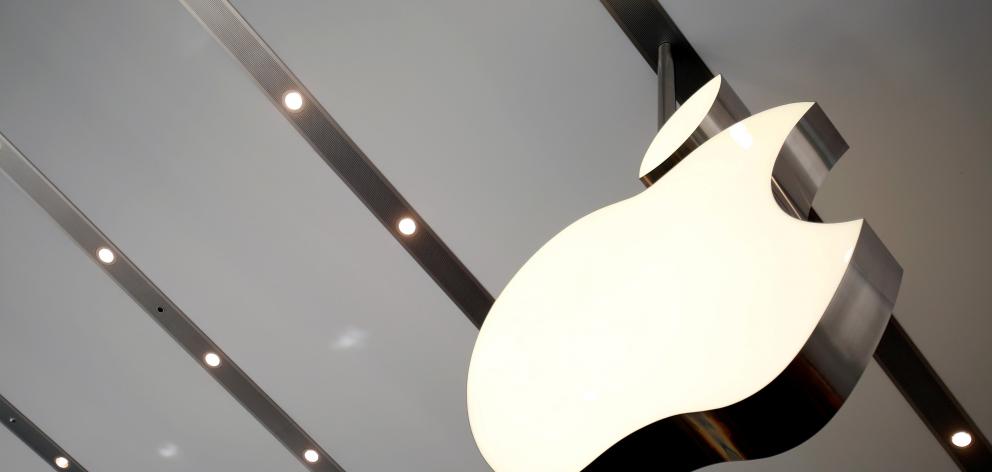
Apple Inc was granted Overseas Investment Office approval to buy PowerbyProxi last month for a consideration exceeding $100 million.
The change in ownership of the New Zealand wireless power developer was confirmed by Apple last month, although the world's biggest technology company refused to provide any details or the terms of the agreement.
However, a summary of the OIO approval released today shows the deal needed sign-off because it crossed the $100m threshold to be considered significant business assets. The exact figure has been withheld.
At the time of the sale, 74% of the company was owned by New Zealand-based investors.
PowerbyProxi was spun out of the University of Auckland.
In 2013, it attracted $4m in funding from Samsung's venture capital arm, along with $5m from New York-listed TE Connectivity and Wellington-based investment fund Movac.
TE Connectivity held 12.3% and Samsung Electronics had 10.8% when PowerbyProxi was sold, the OIO approval shows. Two UK-based shareholders were also mentioned: Eric Tracey, who held 1.2%, and Mark Jaffray, who had 0.7%.
The October 11 approval falls within the time of caretaker government, with NZ First leader Winston Peters signing a coalition agreement with Labour on October 19 and ministers sworn in a week later.
The Overseas Investment Act has been targeted by the new government early, with changes flagged to effectively ban the sale of existing residential property to foreign buyers and ministers this week issuing a directive to the OIO over the sale of sensitive and rural land.
PowerbyProxi focuses on two key areas: consumer electronics and industrial applications. Its total portfolio consists of more than 350 patents, patent applications, and pending patents and it claims to "solve mission-critical problems in demanding, hostile industrial environments where the delivery of consistent power is imperative".
Its technology is used in things such as forestry and construction machinery aerospace and industrial sensors as well as wireless charging for mobile devices, something Apple has introduced with its latest glass-backed phones.












